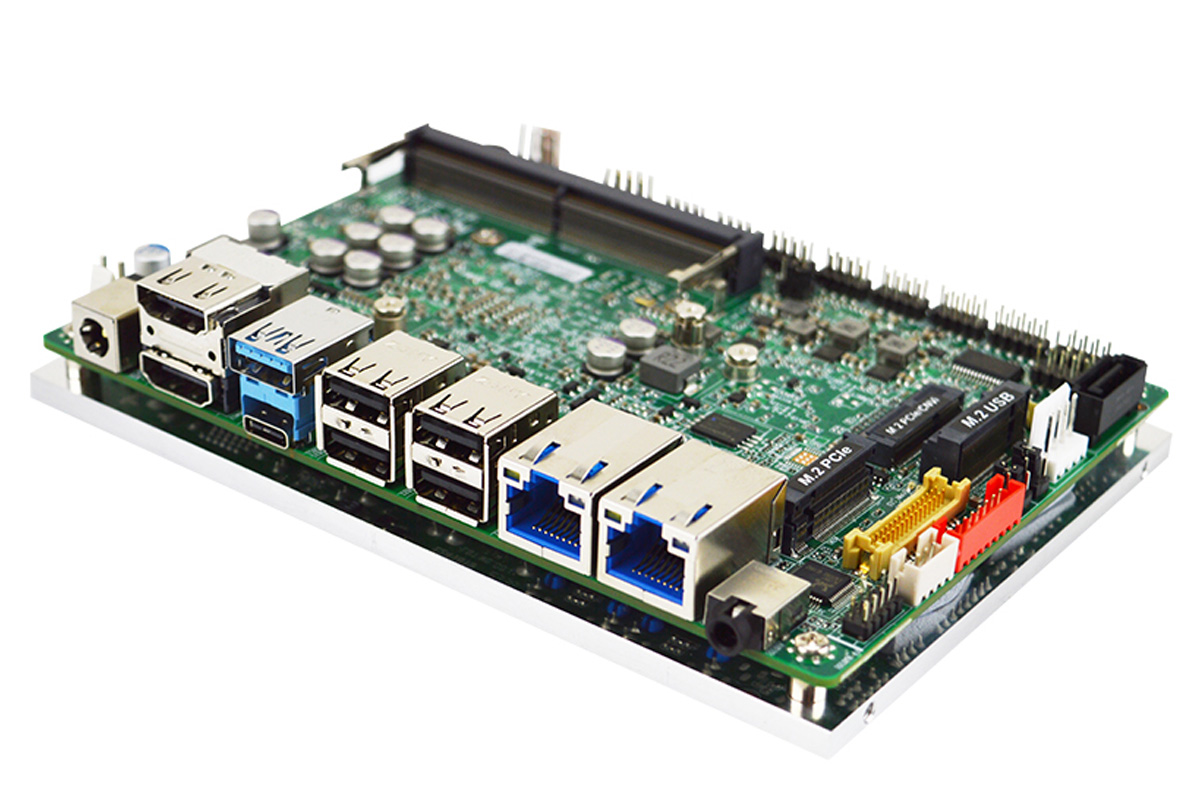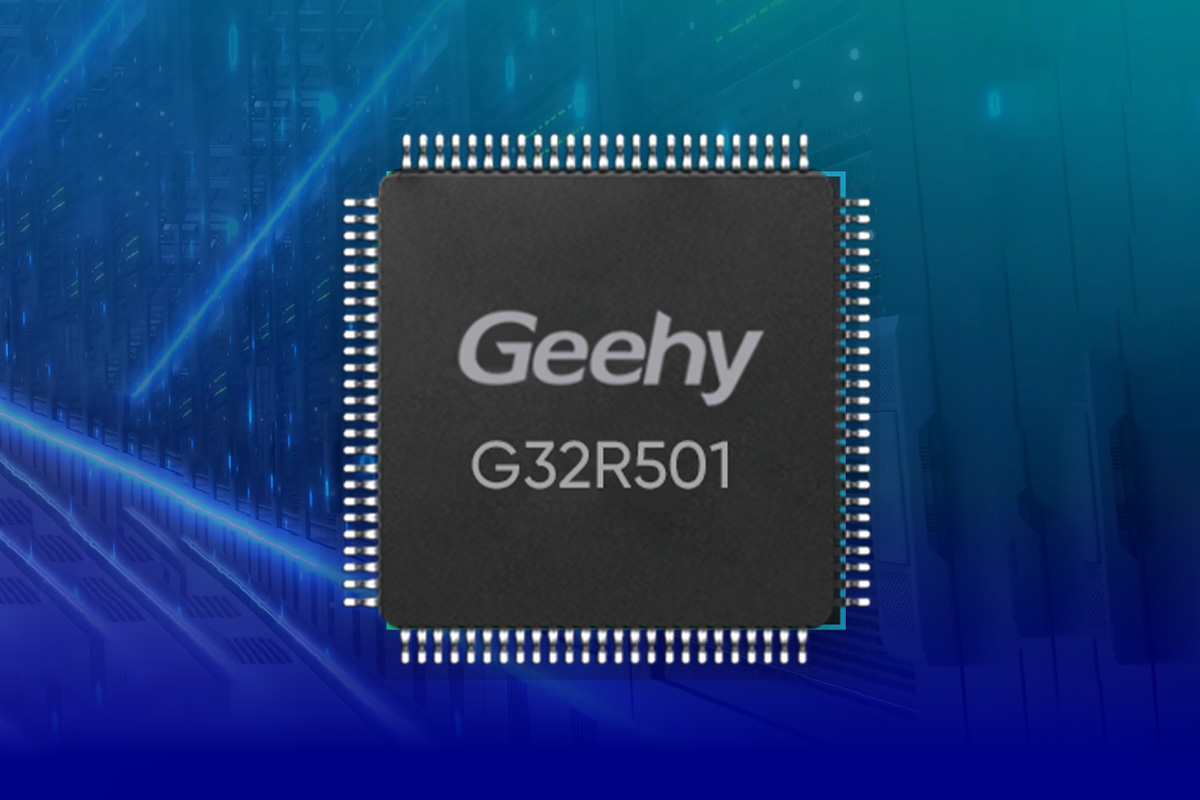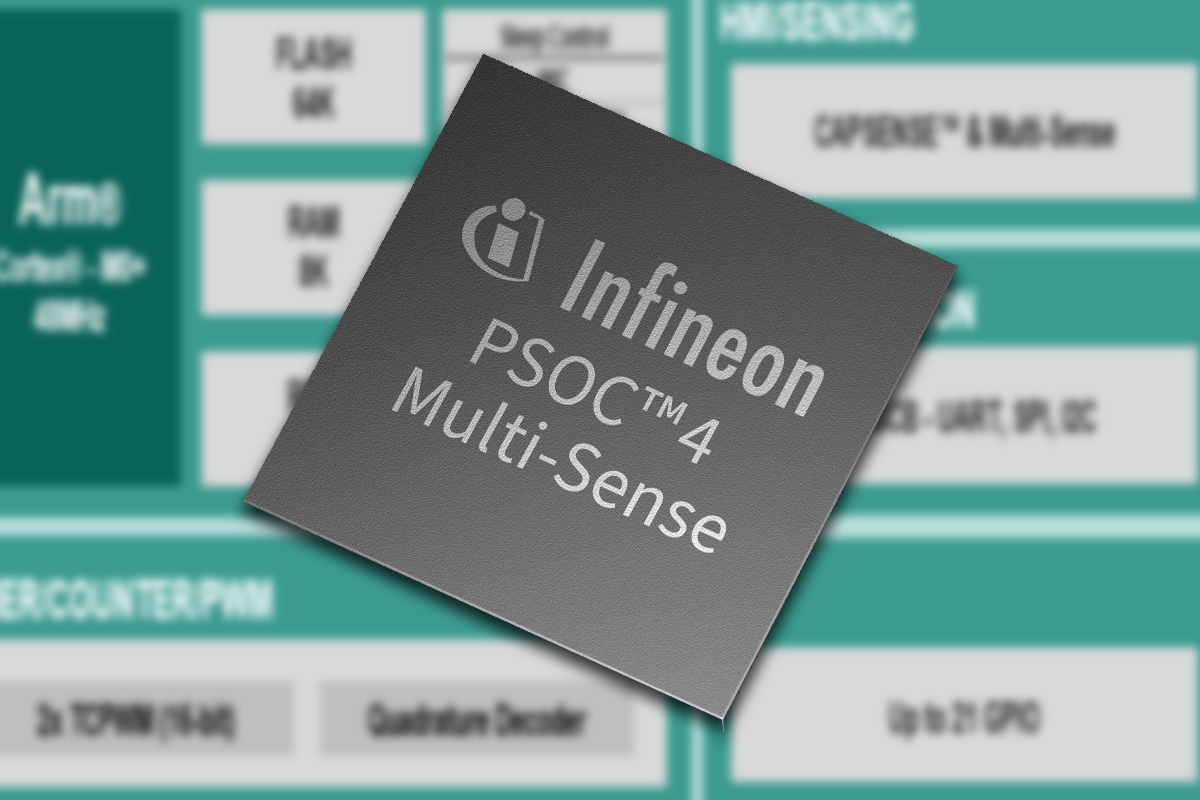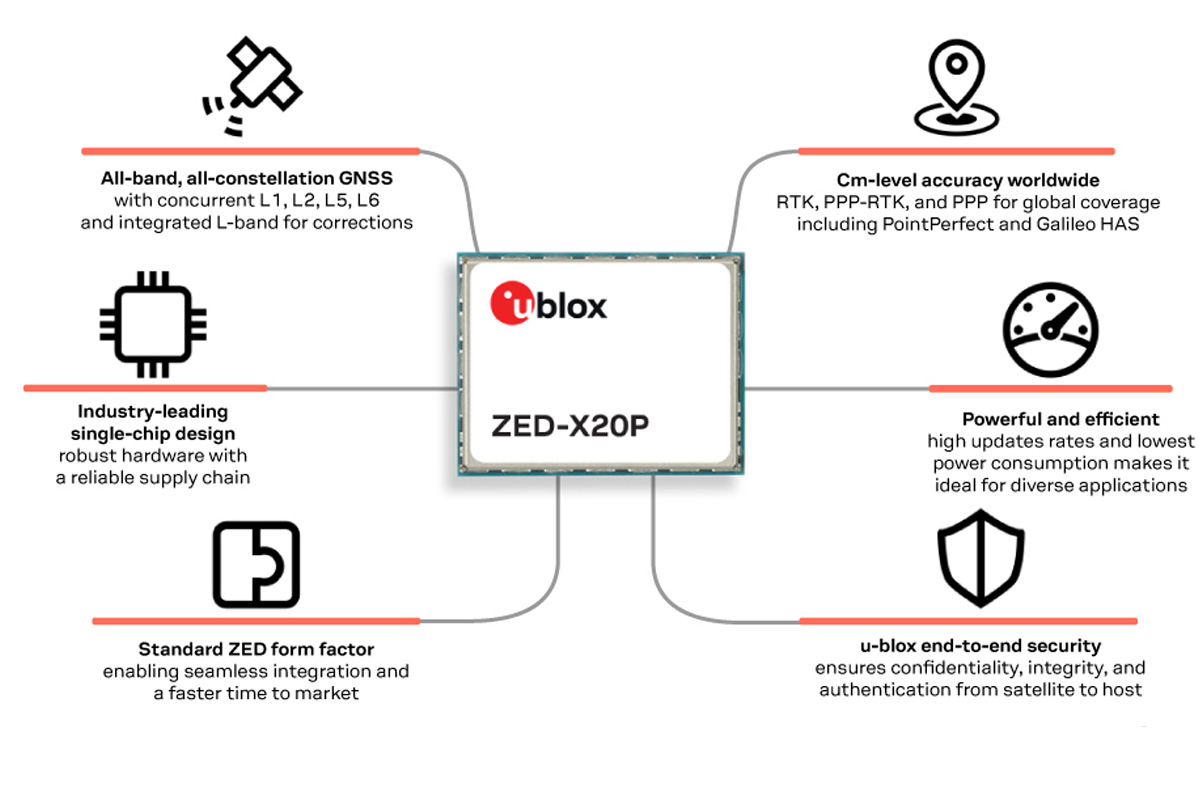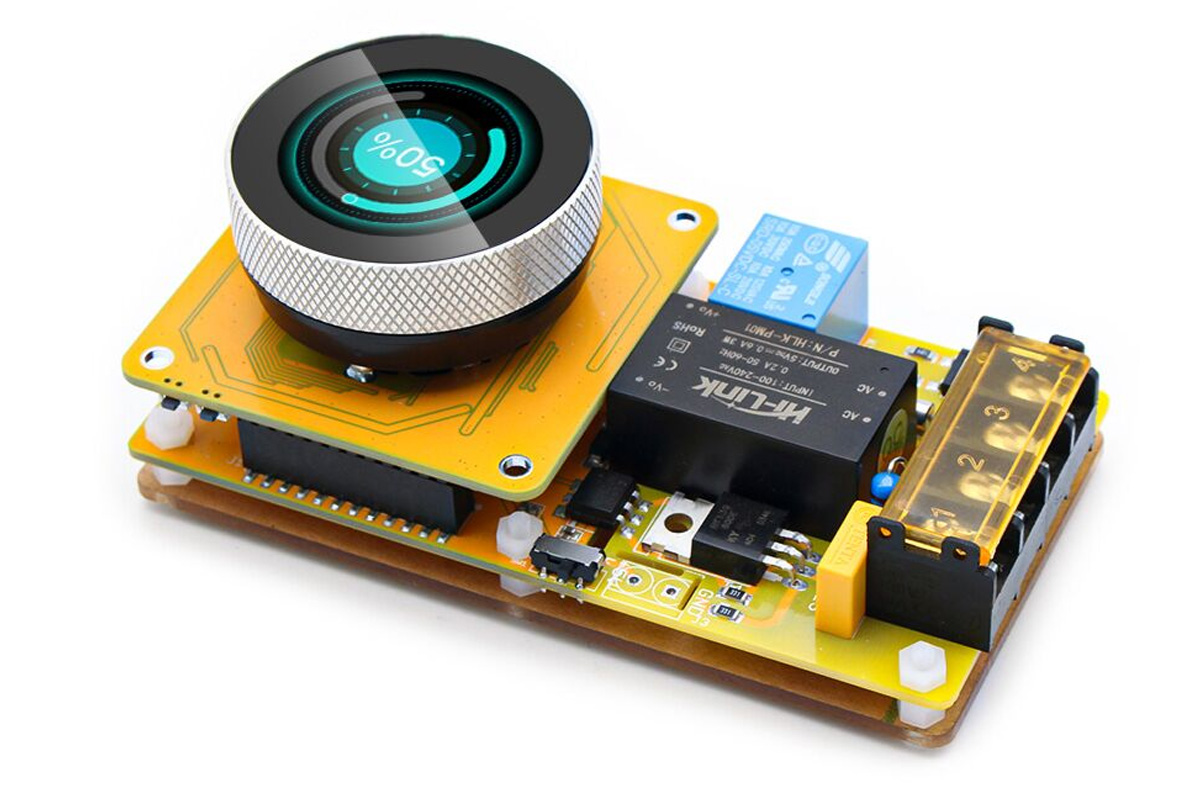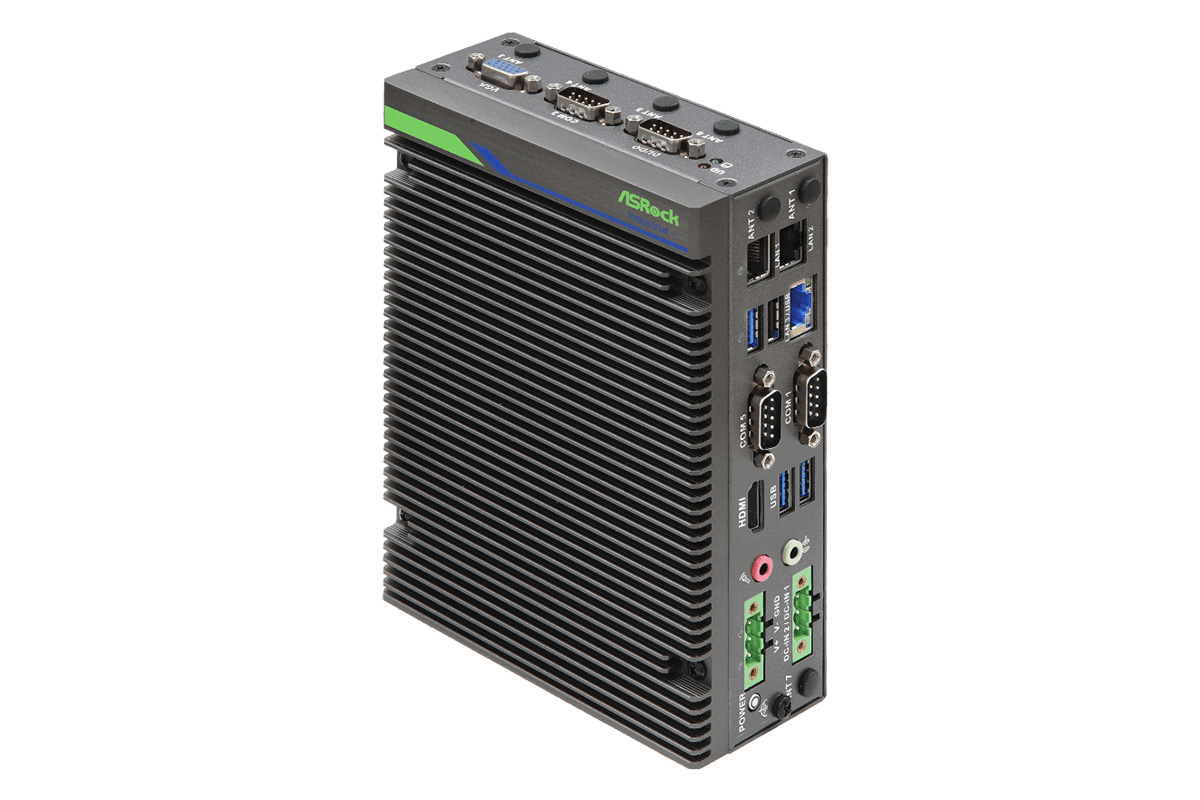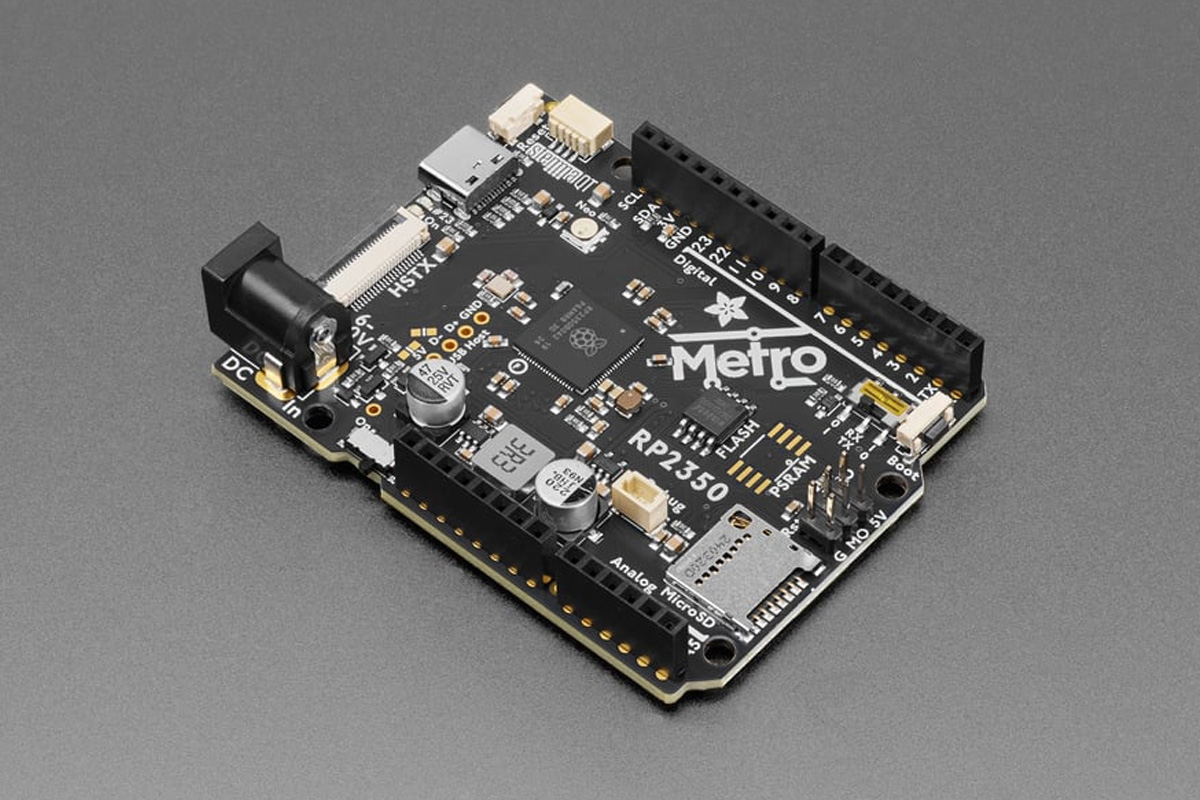Jetway F35-ASL1 3.5-inch subcompact SBC is built around the Intel Atom x7433RE (Amston Lake) processor and designed for industrial and embedded applications. This SBC supports up to 32GB of DDR5 4800MHz memory and offers triple display output via two HDMI ports, one USB Type-C DP, and an LVDS/eDP interface. It also includes two 2.5Gbps Ethernet ports, optional WiFi and Bluetooth and/or 4G LTE /5G cellular connectivity via M.2 slots. Storage options include a SATA III port, an M.2 M-Key, and an optional onboard 64GB eMMC. The board provides extensive I/O with one USB 3.2 Gen 2 Type-C, one USB 3.2 Gen 2, eight USB 2.0, and six COM ports. Built for industrial environments, it features a wide DC input range (12–28V) with power protection mechanisms (RVP, OCP, and OVP), and a rugged design supporting shock and vibration resistance. It is suitable for industrial automation, edge computing, IoT, digital signage, and […]
Renesas RZ/V2N low-power AI MPU integrates up to 15 TOPS AI power, Mali-C55 ISP, dual MIPI camera support
Renesas has recently introduced the RZ/V2N low-power Arm Cortex-A55/M33 microprocessor designed for machine learning (ML) and computer vision applications. It features the company’s DRP-AI3 coprocessor, delivering up to 15 TOPS of INT8 “pruned” compute performance at 10 TOPS/W efficiency, making it a lower-power alternative to the RZ/V2H. Built for mid-range AI workloads, it includes four Arm Cortex-A55 cores (1.8GHz), a Cortex-M33 sub-CPU (200MHz), an optional 4K image signal processor, H.264/H.265 hardware codecs, an optional Mali-G31 GPU, and a dual-channel four-lane MIPI CSI-2 interface. The chip is around 38% smaller than the RZ/V2H MPU and operates without active cooling. The RZ/V2N is suitable for applications like endpoint vision AI, robotics, and industrial automation. Renesas RZ/V2N specifications CPU Application Processor – Quad-core Arm Cortex-A55 @ 1.8 GHz (0.9V) / 1.1 GHz (0.8V) L1 cache – 32KB I-cache (with parity) + 32KB D-cache (with ECC) per core L3 cache – 1MB (with ECC, […]
Geehy G32R501 dual-core Cortex-M52 industrial AI MCU targets industrial and automotive applications
Geehy Semiconductor has introduced the G32R501 Cortex-M52 industrial AI MCU, the industry’s first real-time MCU based on a dual-core Arm Cortex-M52 architecture. Designed for industrial automation, commercial power supplies, and electric vehicles. Back in 2023, we talked about the features and specifications of the Arm Cortex-M52 core, but now Geehy has introduced the G32R501 MCU with AI and DSP capabilities designed for low-cost IoT applications. This MCU features single and double-precision FPUs, an Arm Helium DSP extension, and Geehy’s Zidian Math Instruction Extension for AI/ML tasks and signal processing. It includes 640 KB Flash, 128 KB SRAM, TCM (Tightly Coupled Memory), and a six-channel DMA module for efficient data handling. The MCU also features three 12-bit ADCs (3.45 MSPS), seven 12-bit DAC comparators, and Σ-Δ filter modules to improve signal accuracy, making it ideal for motor control and real-time monitoring. With 16 high-resolution PWM channels (150-ps resolution), quadrature encoder modules, […]
Infineon PSoC 4000T multi-sense low-power MCU features capacitive, inductive, hover, and non-contact liquid sensing
Infineon Technologies has introduced the PSoC 4000T Multi-Sense low-power MCU, along with the upcoming PSoC 4100T Plus which will feature higher memory and more I/Os. These MCUs integrate fifth-generation CAPSENSE technology along with Multi-Sense capabilities, including proprietary inductive sensing, and non-contact liquid sensing solutions. This combination makes it easy to develop advanced HMI applications, such as touch-over-metal, hover touch, and accurate liquid-level detection. The MCU also supports SmartSense auto-tuning which eliminates manual calibration. It supports Always-On sensing with 10x lower power consumption and 10x higher SNR than previous generations. Additionally, the MCU enables hover touch detection through 2 cm air gaps and supports capacitive, inductive, and liquid sensing in a single device. The device also supports waterproofing for harsh environments and reduces system complexity and cost by integrating multiple sensing technologies into a single chip. Infineon PSoC 4000T specifications: MCU Core – 48 MHz Arm Cortex-M0+ CPU Memory – Up […]
u-blox ZED-X20P all-band GNSS module delivers global centimeter-level accuracy at a 90% lower cost (TCO)
Previously u-blox announced the release of the X20 series of all-band GNSS modules, but at the time, the company did not disclose detailed specifications for the module. Recently, they have launched the ZED-X20P all-band GNSS module designed to deliver centimeter-level global positioning at a significantly lower cost, up to 90% less than traditional solutions when considering the total cost of ownership. The module supports L1, L2, L5, and L6 bands across four GNSS constellations (GPS, Galileo, GLONASS, and BeiDou), along with SBAS, QZSS, and NavIC. Additionally, the module is compatible with PPP-RTK, network RTK, and global PPP correction services, along with u-blox’s PointPerfect and Galileo’s free High Accuracy Service (HAS), ensuring precise and flexible positioning. It also features secure boot, signed firmware, encrypted communication, and anti-jamming capabilities, for critical applications. The ZED-X20P maintains the ZED form factor, making the footprint compatible with the ZED-F9P chip for easier upgrades. u-blox says […]
ESP32-S3 based AC voltage controller/dimmer features a knob with integrated display
Makerfabs has recently introduced Matouch 1.28-inch ToolSet_AC Dimmer an open-source ESP32-based AC voltage controller for dimming lights or adjusting motor speeds using phase-cut dimming. Built around an ESP32-S3 wireless MCU, it features a 1.28” capacitive touch display (240×240), and a UI designed with LVGL/Squareline and the Arduino V2.3.4 IDE. The device relies on a BT139 Triac and a zero-cross detection circuit for precise AC voltage control, along with an onboard relay to enable a full AC on/off switch. With an integrated AC-DC module providing 5V @ 0.6A, it can operate within an input range of AC 100-240V, 50Hz-60Hz, with a maximum load of 10A at 240VAC. Designed for home and industrial applications, it can control lighting environments and electrical appliances while being open-source for customization and integration into various automation projects. Matouch 1.28-inch ToolSet_AC Dimmer specifications: SoC – Espressif Systems ESP32-S3 CPU – Xtensa® Dual-core 32-bit LX7 Microprocessor with up to 240MHz […]
ASRock iEP-7040E fanless industrial IoT controllers feature Intel Core Ultra Arrow Lake-H CPU, 36V DI/DO
ASRock has recently released the iEP-7040E series which are Arrow Lake-H industrial IoT controllers powered by Intel Core Ultra “Arrow Lake-H” SoCs with Intel Arc graphics and Intel AI Boost. They feature a fanless design, 9V to 36V or 19V to 36V DC input, three Gigabit Ethernet ports, and two optional Intel GbE ports with PoE. Depending on the variant, the iEP-7040E supports 4x DI/4x DO or 8x DI/8x DO (with 36V isolation), up to 96GB DDR5 5600MHz with In-Band ECC (IBECC), and Intel In-Band Manageability with TPM 2.0. Expansion options include an M.2 B-Key socket and Nano SIM card slot for cellular, an M.2 E-Key socket for WiFi/BT, and an M.2 2280 M-key socket for storage. I/O options include HDMI 2.0b, VGA, three USB 3.2 Gen2 ports, one USB 2.0 port, three RS232/422/485, audio I/O, and multiple power options with OVP, UVP, OCP, and 80V surge protection. Certified for […]
Adafruit Metro RP2350 development board follows Arduino UNO form factor, features HSTX DVI output
The Adafruit Metro RP2350 is a Raspberry Pi RP2350 development board that closely follows the Arduino UNO form factor for compatibility with existing Arduino shields. Key features include 37 GPIOs, a microSD card slot, a 5V buck converter (6–17V input), an onboard RGB NeoPixel, a Stemma QT port for I2C peripherals, a 22-pin HSTX port for DVI video output, and a USB Type-C port for power and data. It also provides a Pico Probe debug port, an RX/TX switch for UART flexibility, and a UF2 bootloader for easy firmware updates. Target applications include IoT projects, embedded system development, hardware prototyping, and educational purposes. Adafruit Metro RP2350 specifications SoC – Raspberry Pi RP2350 CPU Dual-core Arm Cortex-M33 @ 150 MHz with Arm Trust zone, Secure boot Dual-core RISC-V Hazard3 @ 150 MHz Up to two cores can be used at any given time Memory – 520 KB on-chip SRAM Security 8KB of […]


